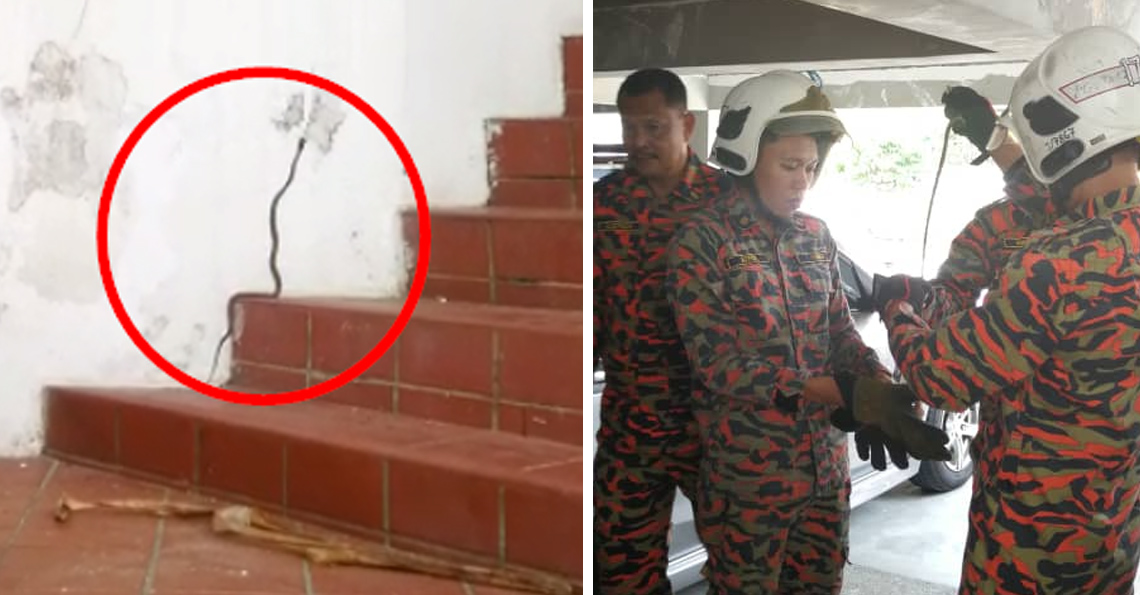This new Malaysian eye-scanner can allegedly detect drugs in you. How well does it work?
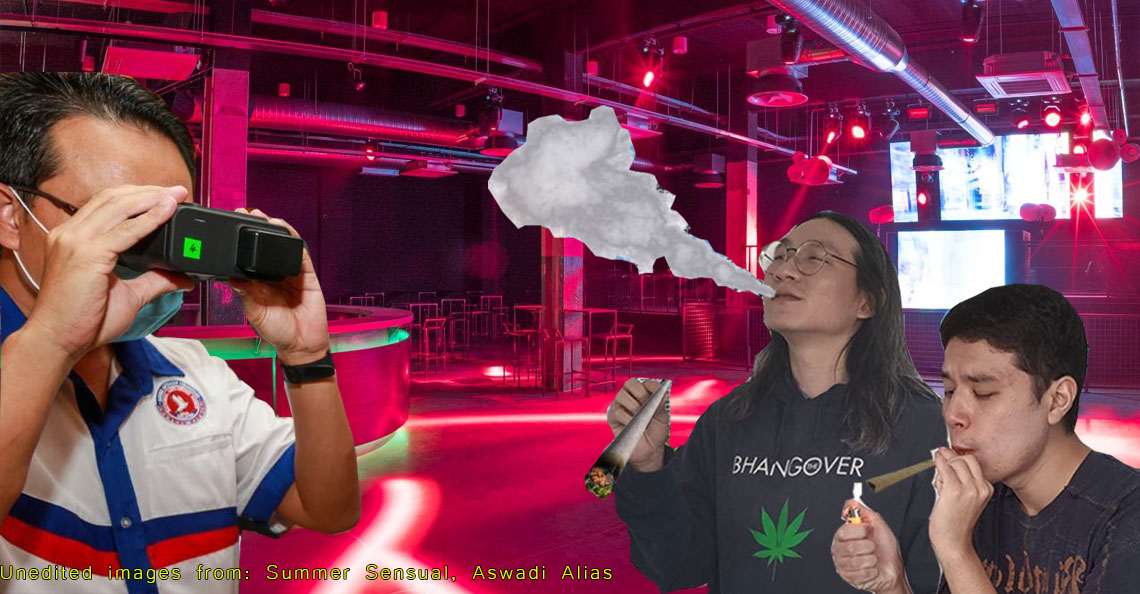
- 372Shares
- Facebook352
- Twitter1
- Email7
- WhatsApp12
While the pandemic has forced some drug dealers to change their tactics and lower the amount of drugs sold to avoid detection, last year’s movement control orders have also seen more drug busts by the police.
And it looks like Malaysian authorities are determined to stop even more illicit drugs in the country as just recently, our National Anti-Drug Agency (AADK) unveiled a new piece of technology that can apparently detect the presence of drugs in someone’s system. The method? A locally-produced eye-scanner which will allegedly be able to detect the presence of drugs in someone’s system within seconds.

Of course, the question likely on everyone’s minds is: just how effective is this new eye-scanner? So, we scanned both local and international sources to see how it’s been used, and if it lives up to the hype. And, well, we found some pretty… eye-opening stuff.
It’s apparently developed by the publishers of the Upin & Ipin comics
Back in 2006, Malaysia’s Ministry of Health released a report on the efficacy of eye-scanning technology (also known as pupillometry) as a ‘less invasive’ method to detect drug use among high school students and teachers in KL. Two similar American products were cited in the report, namely the Passpoint™ (looks like an ATM with an eye-scanner) and the EyeCheck™ (looks like a pair of binoculars).
In contrast, current drug testing methods are considered quite invasive, as a standard blood test requires someone to put a needle in your skin, while urine testing requires you to, um, pull out your own ‘needle’, of course.
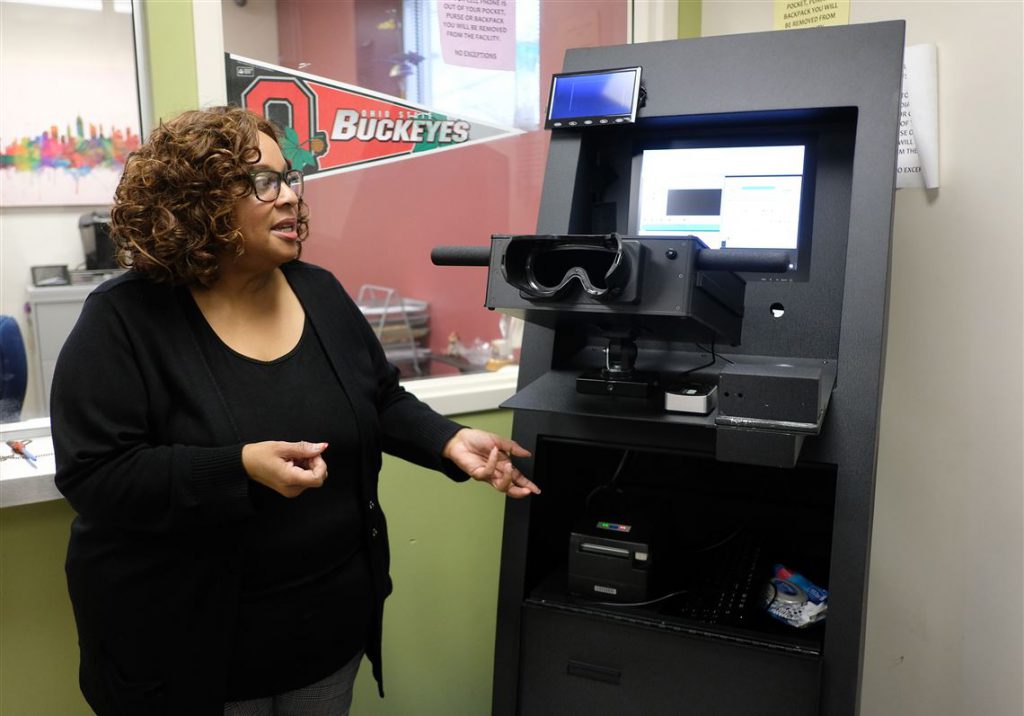
How does this scanner work? Well, according to the manufacturers of Passpoint™, their device is able to detect minute, involuntary eye-reflex responses to light (supposedly able to detect pupil changes as small as .05mm, 60 times per second). In other words, it’s meant to detect the tiniest abnormalities in eye movement caused by drug intake.
Fast forward fourteen years, and it appears that Malaysia has come up with its own miniature incarnation of the American technology: The Instant Visual Drug Detector 2.0 (IVDD 2.0), developed by local company Nyla Sdn Bhd, who are also – wait for it – the publishers of the comic book adaptation of Upin & Ipin. In fact, we actually went a step further and bought their company profile off the SSM website just to verify that, and indeed, their nature of business is listed as ‘publishing magazines’.

And so, via a ‘corporate initiative programme’, with a cost of around RM68,000 apiece, the company presented two IVDD 2.0 devices to the AADK at a recent ceremony.
So what do we know about its effectiveness so far? Well…
Lab tests and field use in the US have produced mixed results
While it’s still in its infancy in Malaysia, pupillometry as a means of drug-testing has been around for over a decade in the US. Certain jurisdictions in several states have approved the device for use in their court and probationary systems, including in Nebraska, Nevada, Colorado, Ohio, and Minnesota.
As for the effectiveness of the technology, it’s claimed that early trials of the Malaysian IVDD 2.0 in China have returned 90% accuracy, while some studies have shown it to be effective in detecting abnormal pupillary responses in drug users (such as this one by the University of Illinois). However, other studies have shown that it’s just as likely, if not more likely to return false readings.
A 2011 study by US Federal Probation compared it against alternative methods of testing (urine, hair, blood, saliva, sweat and breath), and found a significant rate of false readings, suggesting that eye-scans should be done alongside traditional methods of testing in order to avoid issues. Even the aforementioned Malaysian Ministry of Health report claimed that there is ‘poor evidence on the effectiveness of eye-scanning device for detection of recent drug abuse’ (although it has to be said that that report was made fourteen years ago, so things could’ve changed since then).
In any case, the general consensus seems to be ‘more research needed’. Which is probably why our own authorities are planning to put it through some testing first, before properly releasing it. These devices are set to be gradually tested over a period of six months at ‘drug hotspots’ (such as entertainment centres, schools and housing project areas), before deciding what to do with it next.
“We will also be identifying drug abuse areas and hotspots, so at the same time, we will test the effectiveness of the device during inspections,” – Datuk Seri Zulkifli Abdullah, AADK Director-General, as quoted by Malay Mail
But as it stands…
It’s cheaper and less-invasive than existing screening methods
Well obviously, the definite plus point of the pupillometry is that there’s no need to pull out your pee-pee, thus saving you the blushes the next time the authorities decide to surprise your next kaki clubbing outing.
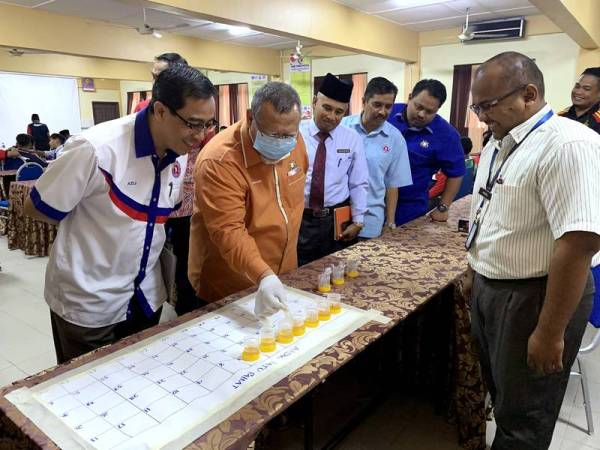
But besides that, we found that the cost of pupillometry drug tests was consistently lower across the board pretty much everywhere it’s been implemented. To give an example, when authorities in Ohio, USA announced its pilot program for the retinal scanner to test its drug court participants, it’s said that the only cost to be borne was the initial $30,000 investment to purchase the machine, alongside an $11,000 annual charge for operation by the service provider (includes unlimited testing).
Overall, that adds up to a significant reduction in cost. The aforementioned Federal Probation study found that the cost for pupillometry testing (PT) per probationer tested was $2.00, as compared to oral swab ($7.00) and urinanalysis ($9.82 per substance tested). In fact, when PT was incorporated into testing procedures alongside urinalysis and oral swab, the total cost was reduced by $753.30 and $429.00 respectively. Furthermore, it frees up probation officers to do other things with their time.
Indeed, as mentioned earlier, the cost factor was the exact reason the device is being introduced.
“Hopefully, the technology will produce satisfactory results so that we can have a less intrusive drug detection method, which is also faster, safer and cleaner,” – Datuk Seri Zulkifli Abdullah, AADK Director-General, as quoted by Malay Mail
That being said….
It remains to be seen how effective they will be in the bigger scheme of things
We’ve written before about Malaysia’s ‘war on drugs’ a couple of years back and how it wasn’t exactly a big success. A huge reason this was the case is because of the stigma surrounding drug addicts.
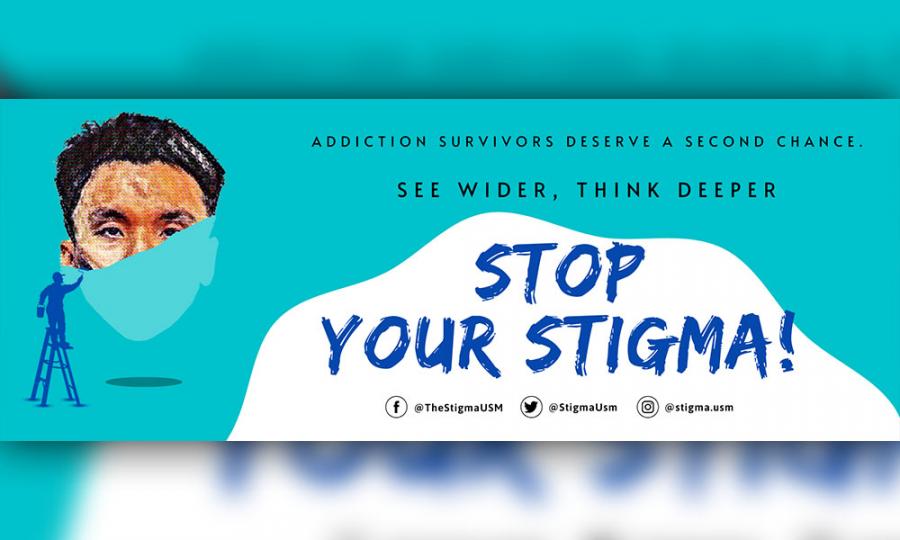
To put that into context, only 19% of drug addicts seek help voluntarily, and during the initial phases of the CMCO, it was reported that opioid abuse rose by an estimated 15%, some of which resulted from skipping methadone treatments due to fear of police:
“The police never really asked me for more details about my methadone, but I could see their face changing. I was afraid of their impression,” – anonymous methadone patient, as quoted by CodeBlue
“I had to bring a blanket for him to cover his face (while passing through a roadblock), because he was so afraid, like phobia… He has said he didn’t want to go to the clinic because he was scared of the police, but we will still force him,” – relative of anonymous methadone patient, as quoted by CodeBlue
Whether or not the fancy new machine can help fight drug crimes remains to be seen, but another important issue here is that hopefully the govt can deal with drug addiction effectively and humanely.
- 372Shares
- Facebook352
- Twitter1
- Email7
- WhatsApp12

